
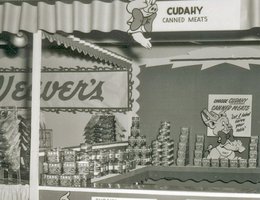
The demands of World War II led to huge advances in technology in the 1950s, even in the way Americans ate. Convenience foods became very popular with new methods to refrigerate, dry, and freeze foods.
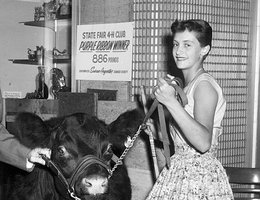
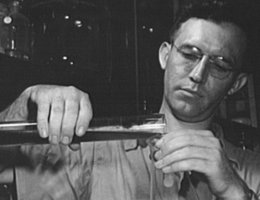
Thousands learned how to feed large numbers of people in the mess tents of war and returned home to apply those skills in restaurants. And after a decade of depression and five years of war shortages, people were eager to return to dining outside the home.
New uses were found for equipment and chemicals that were used during the war. They increased the amount of food produced and made it easier to transport it. Some chemicals became fertilizers, herbicides (weed killers), and insecticides (insect killers). The antibiotics that were developed during the war were used in veterinary medicine for animals. The powerful diesel engines developed for military vehicles led to larger and larger trucks and tractors. The combination of chemicals and more powerful equipment allowed farmers to work more cornfields, which then led to larger and larger beef feeding operations. Diesel powered semi-trailer trucks allowed ranchers and feeders to ship their cattle on highways. With the completion of the interstate highway system and the addition of refrigeration, trucks replaced trains for the delivery of frozen beef.
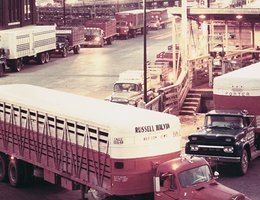
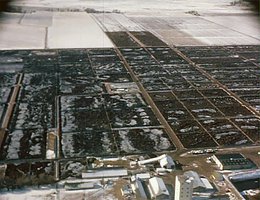
All of these changes came at a price. The use of chemical fertilizers, herbicides, and pesticides and the growth of large feeding operations created serious environmental problems. Concerns grew that family farms and ranches were going to be pushed out of business by big corporations.